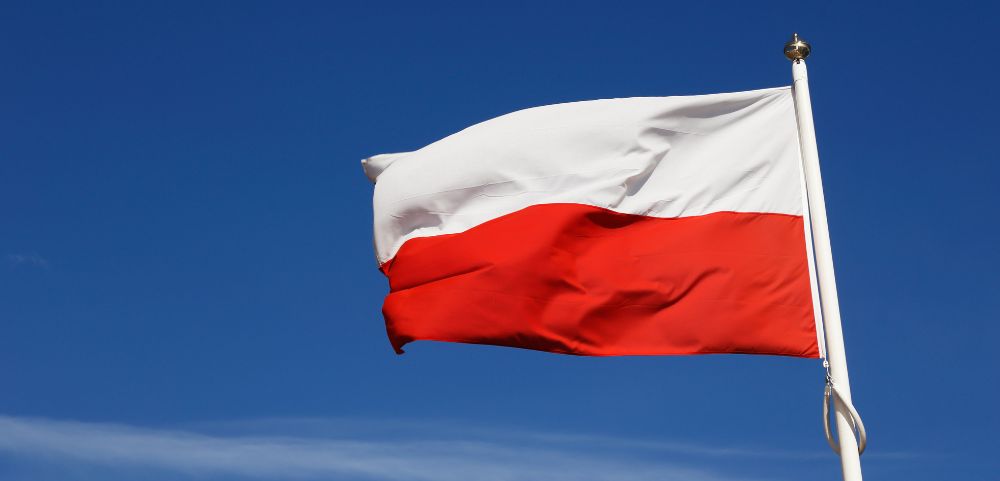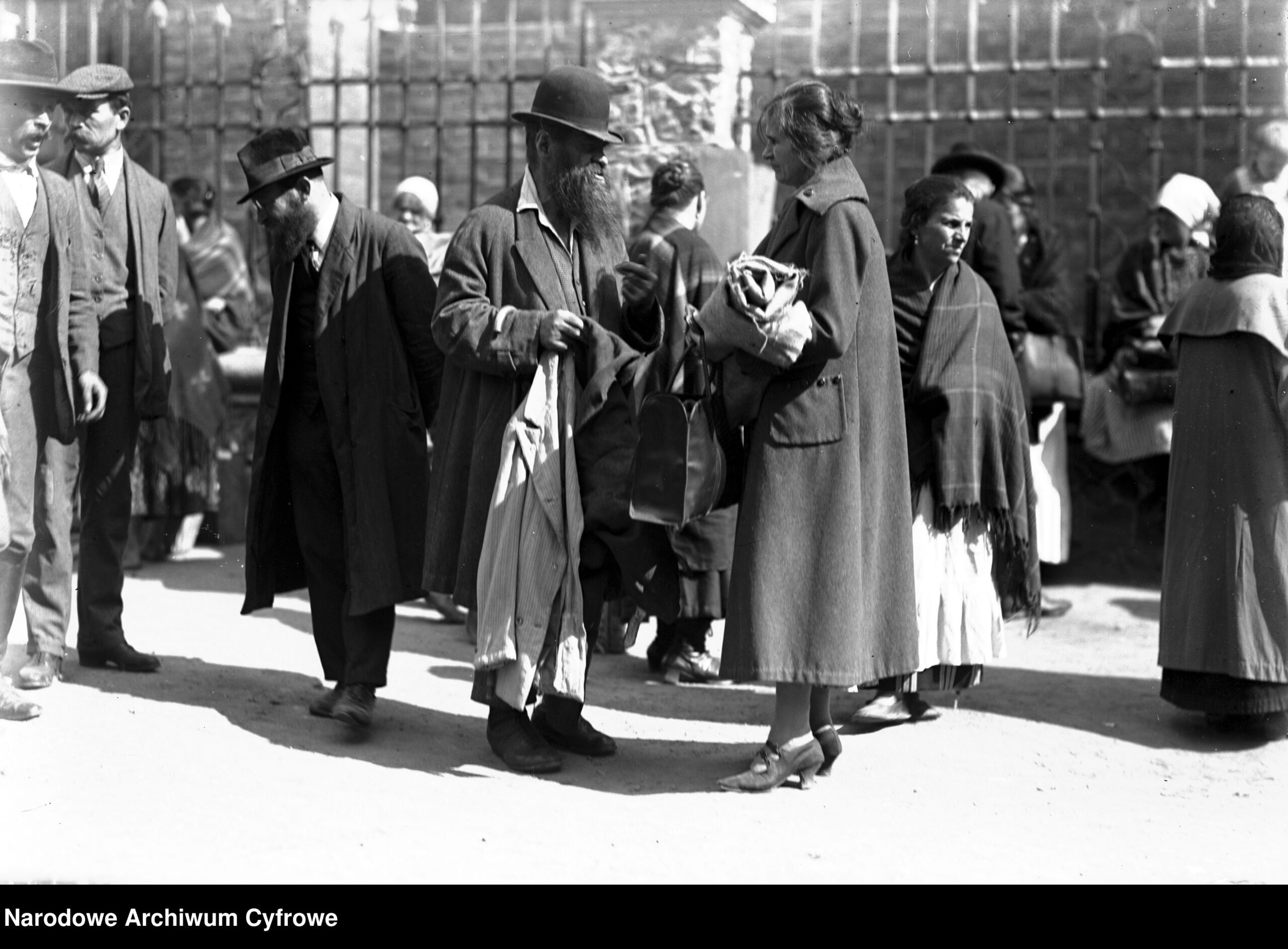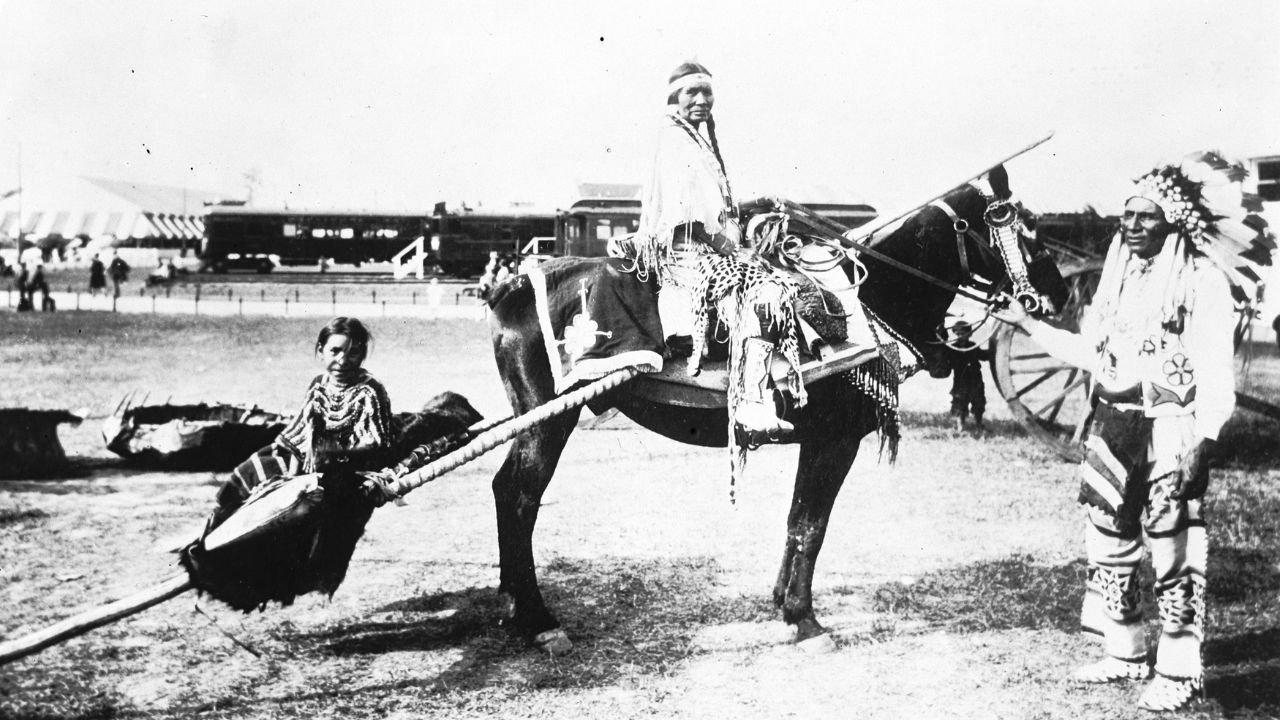
11th November - what we celebrate?
Today we celebrate The National Independence Day in Poland. On this special day we commemorate the anniversary of restoration Polish sovereignty. In 1918 after 123 years of partitions Poland regain its freedom as The Second Polish Republic.
A year ago when we prepared the article about National Independence Day for you we wrote about how we celebrate it and when it was established. This time we would like to focus on something a bit different. Namely what happened with Poland as a nation during this 123 years.
How it all started?
What about Poles?
The Russian Empire treated Poles under partition as potential rebels. That is why Government applied the policy of assimilation towards them as well as towards others nationalities. The aim of that approach was to create good citizens of Russian Empire and to learn them obedience to authorities. Methods they used were mainly persuasion and constraint. Well known example of that was implementation of censorship and russification in schools, administration offices and public life in general. At the same time urban areas developed quickly due to industrialization and technology progress. Working class came into being in cities whilst villages were becoming more and more underdeveloped.
The authorities in the Kingdom of Prussia embraced the Poles with strong assimilation actions. Among others the process of germanization included using German language in schools and in public life as well as mandatory military service in Prussian Army. Opposite to the Russian Empire’s partition farming was developing quickly under Prussian influence. That was mainly caused by enfranchisement of peasants and made the Kingdom of Prussia richest and best prospering partition of all.
In comparison to others Habsburg Empire’s partition (Austro-Hungarian) was most backward and at the same time most liberal. The industry never developed in the bigger scale also the working class has not fully come into being.
What were the effects?
What is the conclusion?
That is why we decided to take this opportunity and write about 11th of November in a different manor. Although our country officially did not exist Poles as a nation survived all these years to finally rebuild their fatherland. Thus it is worth to remember and look for your Polish ancestors. Keep their memory alive by introducing our rich history and culture to the younger generations.




